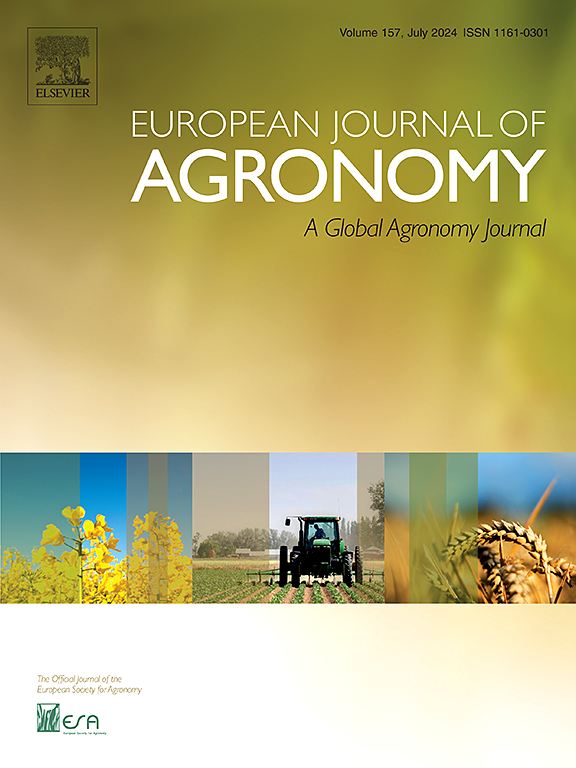LVR: A language and vision fusion method for rice diseases segmentation under complex environment
IF 4.5
1区 农林科学
Q1 AGRONOMY
引用次数: 0
Abstract
Accurate identification of rice diseases depends on high-quality disease segmentation. However, challenges such as the complexity of the rice field environment, interference from redundant information, and slow model convergence can hinder effective segmentation. To address these issues, we propose A Language and Vision Fusion Method for Rice Diseases Segmentation under complex environment (LVR), which combines CNN and Transformer architectures. First, we present the Efficient Wavelet-based Multi-scale Attention (EWWL) module, designed to enhance the model’s ability to capture fine details of disease regions in complex environments. Next, to mitigate information redundancy, we design the KAN-segmentation (KAN-seg) module for efficient feature extraction. Additionally, we propose a Self-Adaptive Gradient Enhancement (SAGE) algorithm that dynamically adjusts the network’s learning rate, thereby accelerating convergence. Experimental results demonstrate that the LVR method achieves exceptional accuracy and robustness in rice disease segmentation, even under challenging field conditions. This provides substantial technical support for intelligent agricultural disease management and offers promising applications, particularly in the realm of smart agricultural disease monitoring and management.

LVR:复杂环境下水稻病害分割的语言与视觉融合方法
水稻病害的准确鉴定依赖于高质量的病害分割。然而,稻田环境的复杂性、冗余信息的干扰和模型收敛速度慢等挑战会阻碍有效分割。为了解决这些问题,我们提出了一种结合CNN和Transformer架构的复杂环境下水稻病害分割的语言和视觉融合方法。首先,我们提出了基于高效小波的多尺度注意(EWWL)模块,旨在增强模型在复杂环境中捕获疾病区域精细细节的能力。其次,为了减少信息冗余,我们设计了KAN-segmentation (KAN-seg)模块来进行有效的特征提取。此外,我们提出了一种自适应梯度增强(SAGE)算法,该算法动态调整网络的学习率,从而加速收敛。实验结果表明,即使在具有挑战性的田间条件下,LVR方法在水稻病害分割中也具有出色的准确性和鲁棒性。这为智能农业病害管理提供了大量的技术支持,并提供了有前景的应用,特别是在智能农业病害监测和管理领域。
本文章由计算机程序翻译,如有差异,请以英文原文为准。
求助全文
约1分钟内获得全文
求助全文
来源期刊

European Journal of Agronomy
农林科学-农艺学
CiteScore
8.30
自引率
7.70%
发文量
187
审稿时长
4.5 months
期刊介绍:
The European Journal of Agronomy, the official journal of the European Society for Agronomy, publishes original research papers reporting experimental and theoretical contributions to field-based agronomy and crop science. The journal will consider research at the field level for agricultural, horticultural and tree crops, that uses comprehensive and explanatory approaches. The EJA covers the following topics:
crop physiology
crop production and management including irrigation, fertilization and soil management
agroclimatology and modelling
plant-soil relationships
crop quality and post-harvest physiology
farming and cropping systems
agroecosystems and the environment
crop-weed interactions and management
organic farming
horticultural crops
papers from the European Society for Agronomy bi-annual meetings
In determining the suitability of submitted articles for publication, particular scrutiny is placed on the degree of novelty and significance of the research and the extent to which it adds to existing knowledge in agronomy.
 求助内容:
求助内容: 应助结果提醒方式:
应助结果提醒方式:


